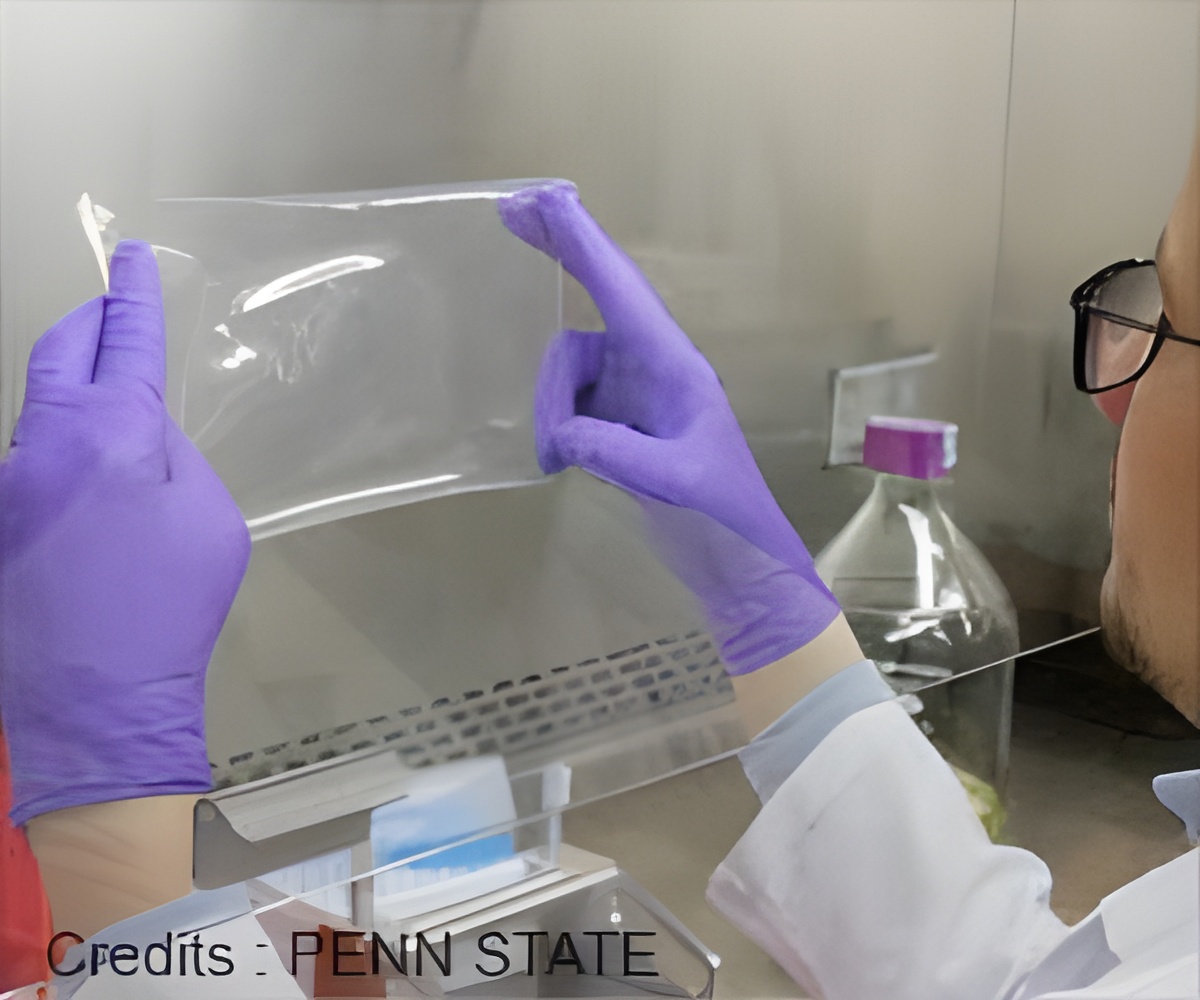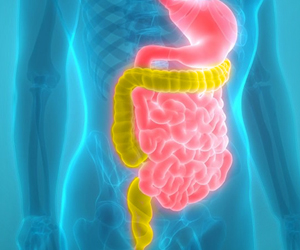
‘Development of the composite antimicrobial film is important because 76 million cases of foodborne illnesses occur each year in the U.S. alone, resulting in 300,000 hospitalizations and 5,000 deaths, according to the U.S. Centers for Disease Control and Prevention.’
Tweet it Now
In light of this problem and the commercial potential of this discovery, Penn State has applied for a provisional patent on the composite antimicrobial film. The pullulan film slows the release of the antimicrobial, disbursing it at a predictable rate to provide continuous bacteria-killing activity, explained researcher Catherine Cutter, professor of food science. She added that without being impregnated into the film, the antimicrobial would run off the surface of a food product, such as meat; or evaporate.
Lauric arginate was chosen as the antimicrobial because it is a remarkable, broad-spectrum antimicrobial compound that proved highly effective in killing and limiting the growth of pathogens that cause foodborne illness, noted Cutter, assistant director of food safety and quality programs for Penn State Extension.
"Lauric arginate is a safe, completely nontoxic ingredient," she said. "It is hydrolyzed in the human body by chemical and metabolic pathways, which quickly break it into its naturally occurring components -- lauric acid and L-arginine."
Cutter's research group in the Department of Food Science has been experimenting with antimicrobial films made of pullulan for a decade. But she credits Abdelrahim Hassan, who spearheaded the latest study, for devising a procedure to fuse the pullulan-based antimicrobial layer to the polyethylene plastic -- allowing the novel composite to be born. Hassan, who was a visiting scholar in Cutter's lab when the research was conducted, is an associate professor of food safety and technology at Beni-Suef University in Egypt.
Advertisement
Before settling on Lauric arginate, the researchers experimented with other food-grade antimicrobials incorporated into the antimicrobial layer such as thymol and nisin. The antimicrobial activity of the resulting composite films was evaluated against cocktails of Shiga toxin-producing E. coli, Salmonella spp., Listeria monocytogenes and Staphylococcus aureus.
Advertisement
Based on these preliminary results, Shiga toxin-producing E. coli, Salmonella spp., Listeria monocytogenes and Staphylococcus aureus were experimentally inoculated onto raw beef, raw chicken breast and ready-to-eat turkey breast, vacuum packaged with the composite antimicrobial film, sealed and placed into refrigerated storage for up to 28 days.
In findings published today in the International Journal of Food Microbiology, Hassan and Cutter reported that the composite antimicrobial film containing Lauric arginate significantly reduced foodborne pathogens on the experimentally inoculated surfaces of the raw and ready-to-eat muscle foods after refrigerated storage.
Cutter believes that the findings from this research will be of interest to the packaging and muscle food industries, as well as regulatory agencies that seek to reduce pathogens in the food supply. Although there was thought not long ago that biopolymers could entirely replace plastic in food packaging, Cutter believes that the composite nature of the antimicrobial film is still needed.
"Polyethylene exhibits many desirable properties, such as strength, transparency, gas permeability and water resistance," she said. "The novel composite film can give us antimicrobial properties and at the same time provide the strength and all the other desirable properties of polyethylene that the industry is still looking for."
Future research in Cutter's lab will evaluate how the composite antimicrobial film affects the shelf life of food products, and investigate consumer perceptions and acceptability of the novel film.
Source-Eurekalert












